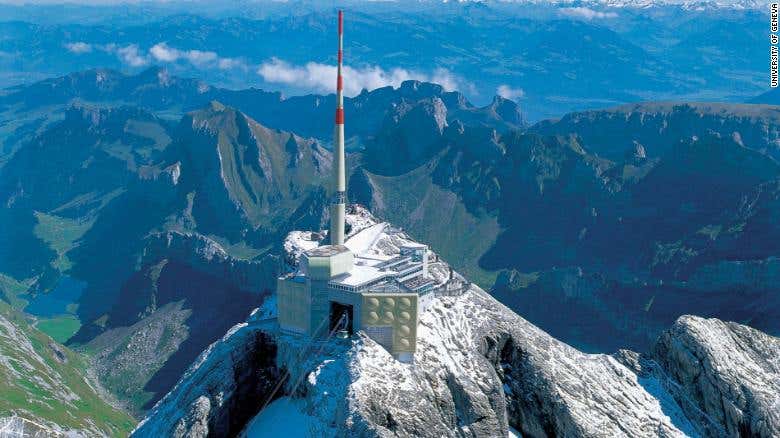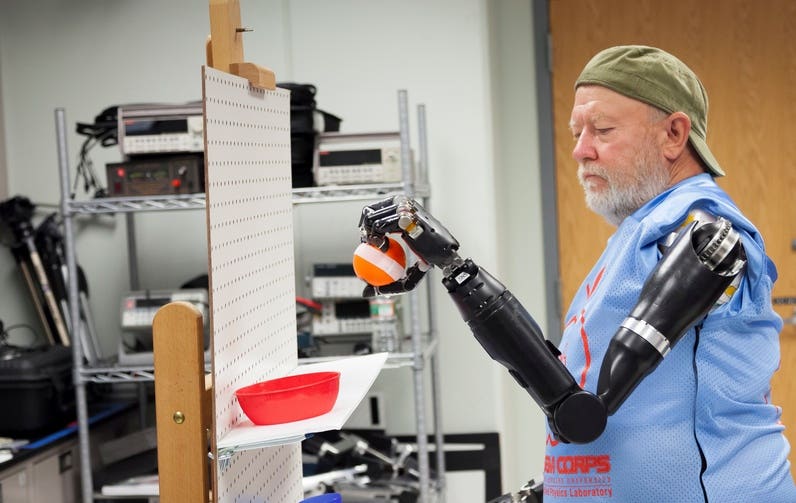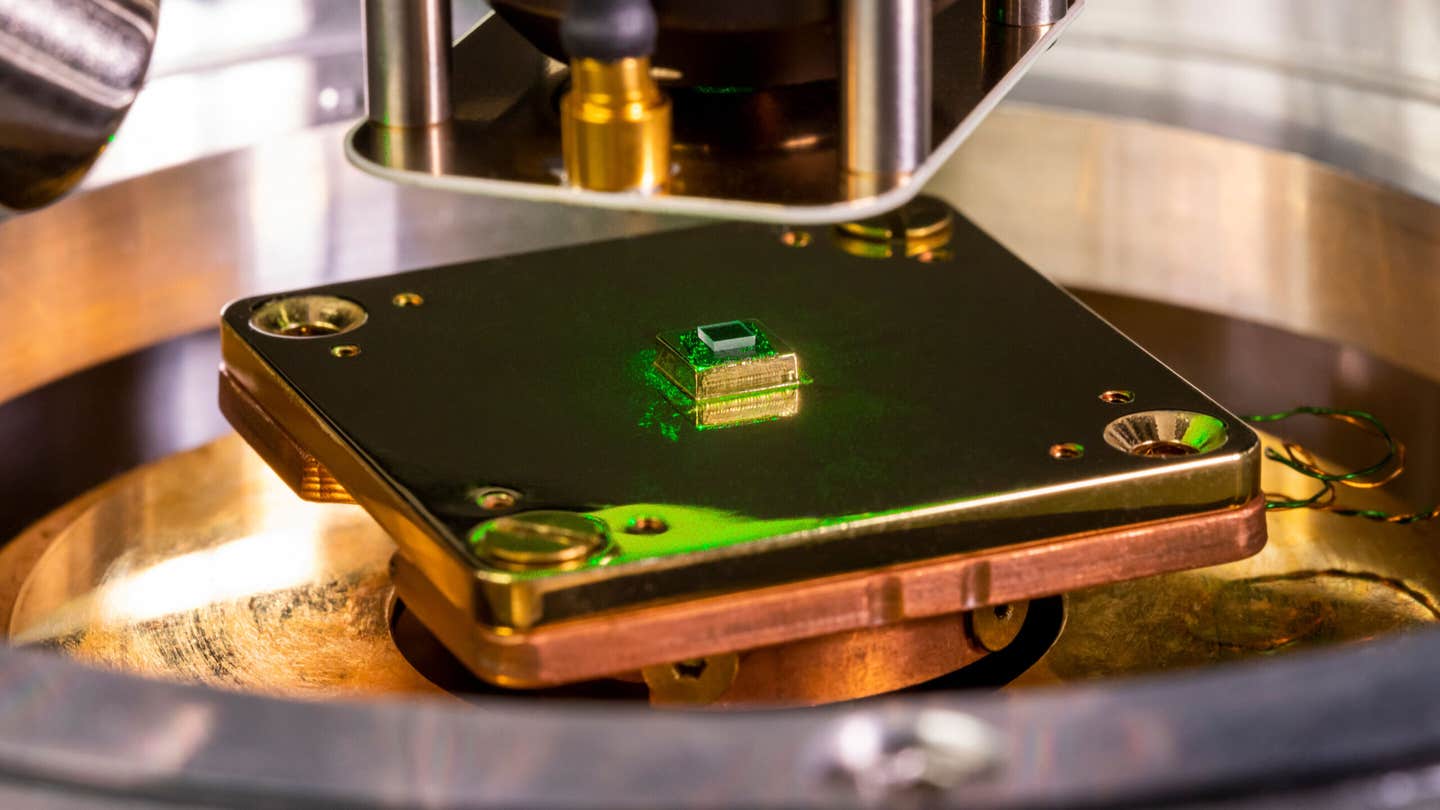Say what? Scientists are trying to catch a lightning bolt with a giant laser
Researchers from the University of Geneva hauled a huge laser atop a mountain to shoot it at the sky, and act as a high-tech lightning rod

[July 12, 2021: Andreas Thoss]
A team of researchers from the University of Geneva have hauled a huge laser atop a mountain to shoot it at the sky, and act as a high-tech lightning rod. The ultrashort-pulsed laser is steered in the sky, builds a plasma channel, and that guides the flash to a huge telecom antenna on the Swiss mountain Säntis.
A typical lightning rod can protect an area with a diameter of its height (maybe up to 100 meters). So, a laser lightning rod 1000+ m high could protect an area the size of a rocket launch site or the approach path of an airport.
The scientific leader of the project is Jean-Pierre Wolf, a professor from Geneva University and the former CEO of Elight, which was the startup that built a commercial weather lidar in the early 1990s. While he had more than 30 years of experience in atmospheric laser research, it took a laboratory accident in Michigan in 1996 to set him off onto a new idea.
There, in the lab of Gérard Mourou and Donna Strickland, a mirror was broken and leaked intense short-pulsed laser radiation. Surprisingly, this laser beam made a kind of filament in air. It was a plasma, but not limited to a focal point. They played around and created a longer filament. Then, they went out on the floor—they could tweak the laser to create a filament as long as the whole floor, which was almost 100 ft., as the legend says. At that time, they did not try to reproduce the plasma channel outside.
However, there were others who did try that. In the 2008 French-German project Teramobile, the team managed to trigger electrical activity in thunderclouds, but they did not succeed completely, as their plasma channel did not live long enough for “real” lightning bolt guiding. An American team from the University of Arizona (UA; Tucson, AZ) and the University of Central Florida (UCF; Orlando, FL) tried it in 2014 with a femtosecond pulse followed by a nanosecond pulse. They all had great results on a scale of a few meters in a laboratory setting, but not in free nature. A lightning bolt needs milliseconds to build up on a scale of hundreds of meters. And that has not been established—yet.
It takes a big laser to catch a lightning bolt
Lightning forms when turbulent air within a thundercloud violently tosses around ice crystals and water droplets, stripping electrons from their atoms and creating separate zones with opposite electric charges.
These electric fields can become very strong, and because opposite charges attract, they can connect through a discharge of electricity -- what we call lightning.
To catch lightening a very powerful laser is required. The project's laser delivers 720 mJ pulses at a repetition rate of 1 kHz. The pulses are in the picosecond region, creating intensities at the terawatt level in the focus. By contrast the most powerful lasers in the world today are 1000 times more powerful in the 10 petawatt range.
The laser mimics and enhances this natural scenario by generating an electric field so strong that it rips electrons off their atoms directly, setting up the opposite charges that are necessary for lightning to form. The beam will run alongside the existing transmission tower -- which is over 120 meters (about 400 feet) tall.
The idea is to make the clouds discharge lightning in a controlled way. "That's why we call it a laser lightning rod," said Wolf.
Will they catch a lightning bolt? Jean-Pierre Wolf said at a recent press conference, “The atmosphere is always quite different from what we have in the lab” and “we will learn a lot about lightning mechanisms.” But he is optimistic that after 25 years of attempts, it will work this time. They just have to wait for a thunderstorm.
"This is one of the places in Europe that's struck by lightning the most," explained Wolf. "There is a radio transmission tower there which gets struck 100 to 400 times a year. So it's an ideal place to make our proof-of-concept experiments."
The laser system for the laser lightning rod has a footprint of approximately 3 × 8 m. It has been brought to the top station of the Swiss mountain Säntis
Clearing the sky
Laser lightning research has been funded for more than 25 years. In Europe, there were grants from German, French, and European research organizations, and in America it was a Department of Defense grant. Within the new Laser Lightning Rod project, there are seven participants, including Airbus and the space company ArianeGroup.






“Ground to satellite laser communication is of increasing importance. We would try to open them a clear optical channel in a cloud.” It remains an old dream to control a lightning bolt. Now watch the Swiss sky for a very straight flash this summer. If you see it, well, then it has happened.
For more technology stories check out our New Innovations section at The Brighter Side of News.
Like these kind of feel good stories? Get the Brighter Side of News' newsletter.
Tags: #New_Innovation, #Lasers, #Lightening, #The_Brighter_Side_of_News



